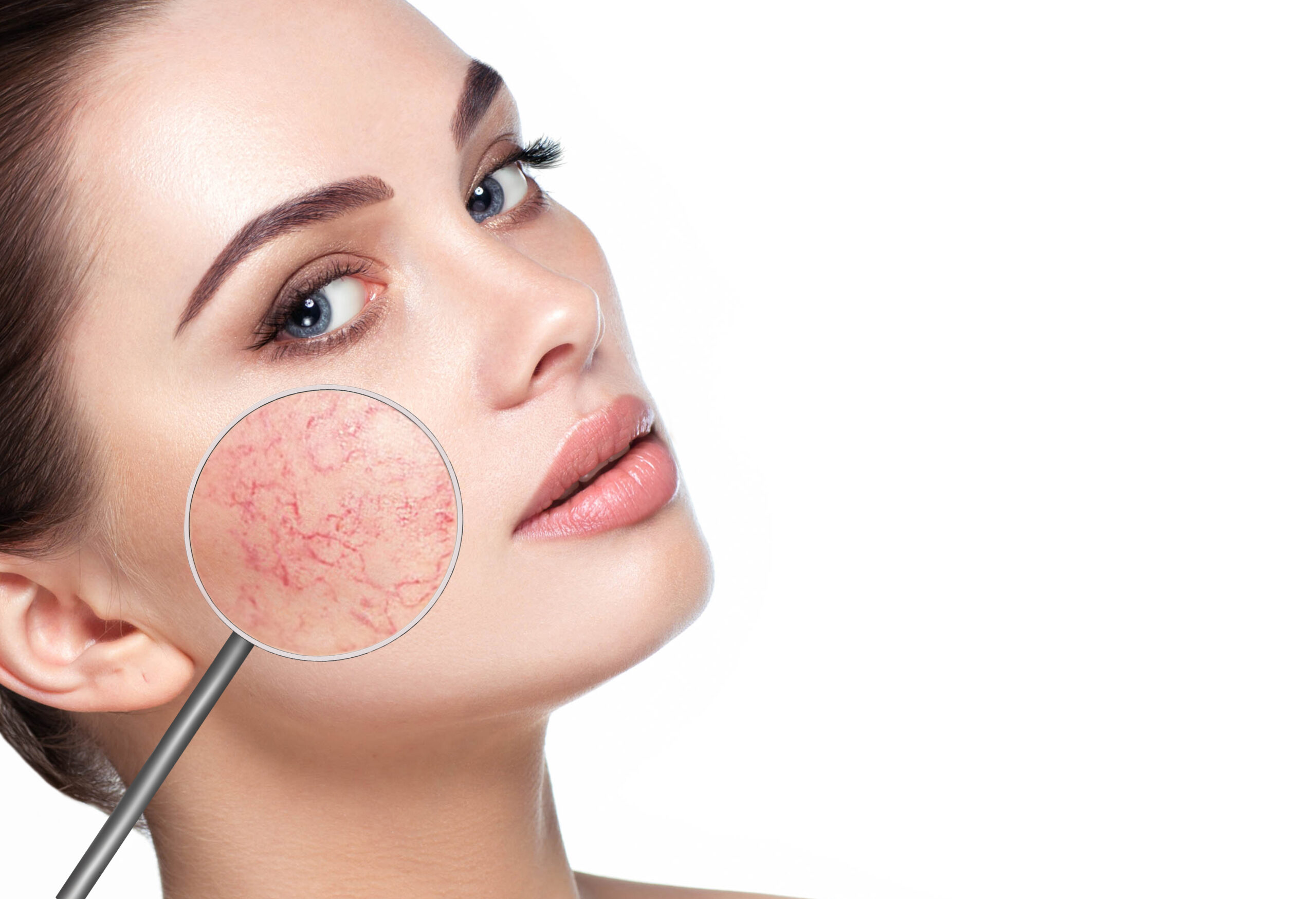Rosacea presents itself as a prevalent skin condition, causing the blood vessels on the face to become noticeable, resulting in a reddish or flushed appearance. Additionally, it often manifests as patches of small, pus-filled bumps, adding to the discomfort. While it doesn’t pose significant health risks, the condition can significantly impact one’s self-esteem during flare-ups.
Dermatologists have honed various methods to address rosacea symptoms, notably through laser and light therapies. These treatments aim to mitigate redness, skin thickening, and the recurring presence of visible blood vessels associated with rosacea.
Different types of lasers cater to specific aspects of the condition:
- Erbium YAG laser: Primarily targets visible blood vessels and can address the bulbous appearance of the nose, a common feature of phymatous rosacea (type 3).
- Pulsed-dye lasers: Known by various names such as Cynosure, V Beam, and V-Star, these lasers emit light at an optimal wavelength to tackle vascular lesions and redness.
- CO2 lasers: Ablative lasers used to reshape or correct facial features distorted by rosacea-induced tissue enlargement, particularly effective for rhynophomas (nose thickening).
- Intense pulsed light therapy (IPL): Unlike laser therapy, IPL employs multiple wavelengths of light simultaneously to address pigmentation issues, redness, and uneven skin tone.
These treatments work by harnessing heat from specific light wavelengths to target and collapse visible blood vessels, offering an effective and relatively painless solution to rosacea symptoms.
Regarding effectiveness, many patients experience significant improvements following laser treatment. Studies indicate a 50 to 75 percent reduction in symptoms after one to three sessions, with results lasting up to five years. However, outcomes may vary depending on the type of rosacea and individual response to treatment.
Despite the promising results, potential side effects include temporary redness, rash, itching, or skin tightness, which typically subside within a few days. Costs can be a significant factor, with sessions typically ranging from $500 to $700, varying based on location, severity of symptoms, and type of therapy.
While laser treatment offers relief for some rosacea symptoms, it’s essential to consult with a dermatologist to assess suitability and discuss alternative options. While not a cure, laser therapy can provide substantial relief, albeit with results gradually diminishing over time. Considering the investment of time, money, and potential side effects, it’s crucial to weigh the benefits against the drawbacks before proceeding with treatment.
- Laser Treatment for Rosacea: What to Know - April 26, 2024
- Salicylic Acid vs. Benzoyl Peroxide: Which Is Better for Acne? - April 26, 2024


